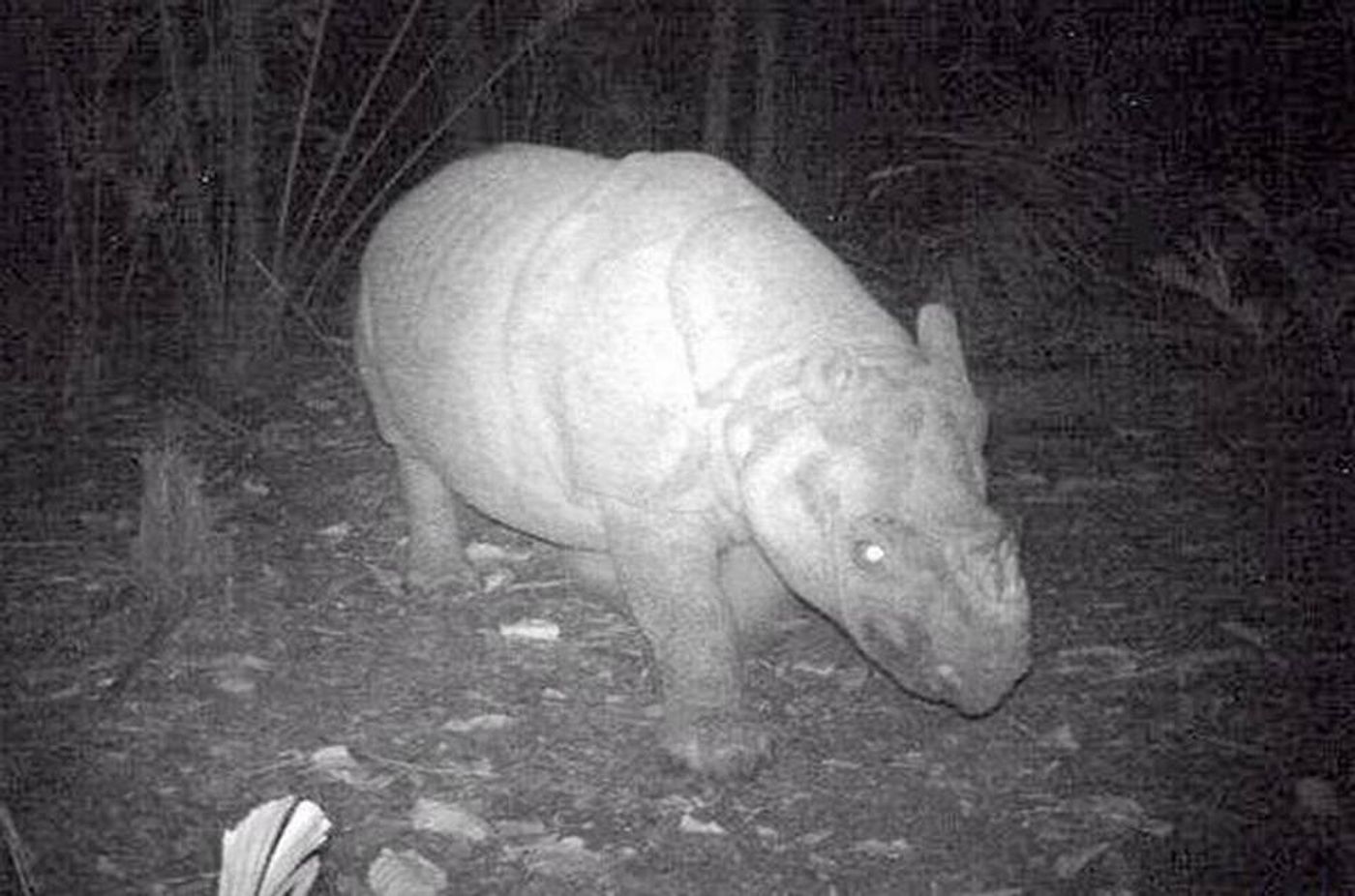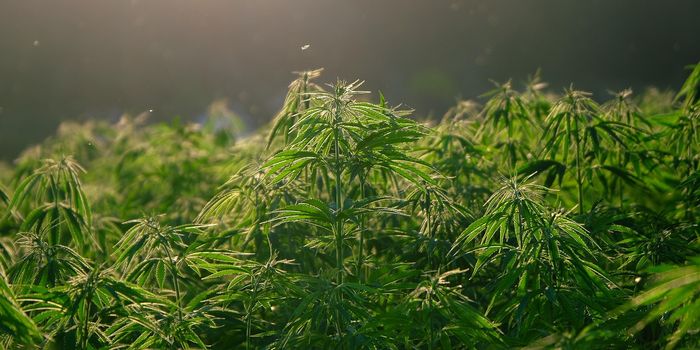Recent Tsunami in Indonesia Sparks Fear for the Critically-Endangered Javan Rhino
Indonesia’s Javan Rhino is one of the most elusive rhino species in the world. With just 63-67 of the animals still alive today, the International Union for Conservation of Nature (IUCN) recognizes the species as critically endangered on the organization’s Red List.
Image Credit: AFP
As if conservationists didn’t already have enough to worry about regarding the Jovan Rhino, the disastrous tsunami events that recently struck Indonesia have sparked fresh concerns about their well-being. Their last official habitat, Ujung Kulon National Park, was one of the regions impacted by the tsunami on December 22nd.
More than 400 people perished because of the tsunami, and dozens more are still missing at the time of this writing. None of the Javan Rhinos are thought to have been killed by the tsunami, but recent events have enlightened conservationists to the idea that the animals’ current habitat isn’t safe for them anymore.
While the Javan Rhinos were fortunate not to have been impacted this time around, conservationists fear that future tsunamis could be powerful enough to influence the species’ survival. Given the circumstances, these concerns have awakened calls to develop a secondary habitat elsewhere, one that would be out of harm’s way, to help ensure their survival.
"It's become our duty to work harder to find a second habitat because the danger is real," explained Mamat Rahmat, the National Park chief. "We're lucky that the tsunami did not affect the Javan rhinos this time. But the threat is there, and we need to act accordingly."
Related: Rescue teams save dozens of stranded sea turtles amid recent Indonesian tsunami
The idea to scope out a secondary habitat for the critically endangered Javan Rhino has been tossed around for almost a decade, but efforts to do so haven’t been that successful. A habitat would need to be poacher-free, exhibit the proper food and water sources, and be an appropriate fit for the large animals. Unfortunately, locating a place meeting all these criteria is no easy task.
The animals are particularly vulnerable to poaching because their horns can rake in large sums of money on the black market. Rhino horns are a primary ingredient in traditional Asian medicines, and their scarcity makes them valuable.
Conservationists still have time to find a new habitat, but the clock is ticking. With a little hope, perhaps they’ll succeed in finding the Javan Rhino a new habitat that will be safe from tsunamis and other natural disasters while also being free of human-centric dangers like poaching.









